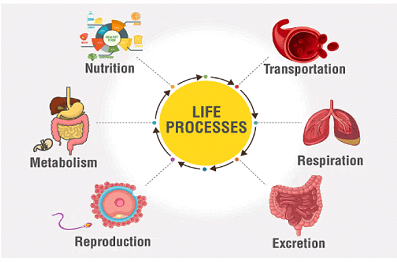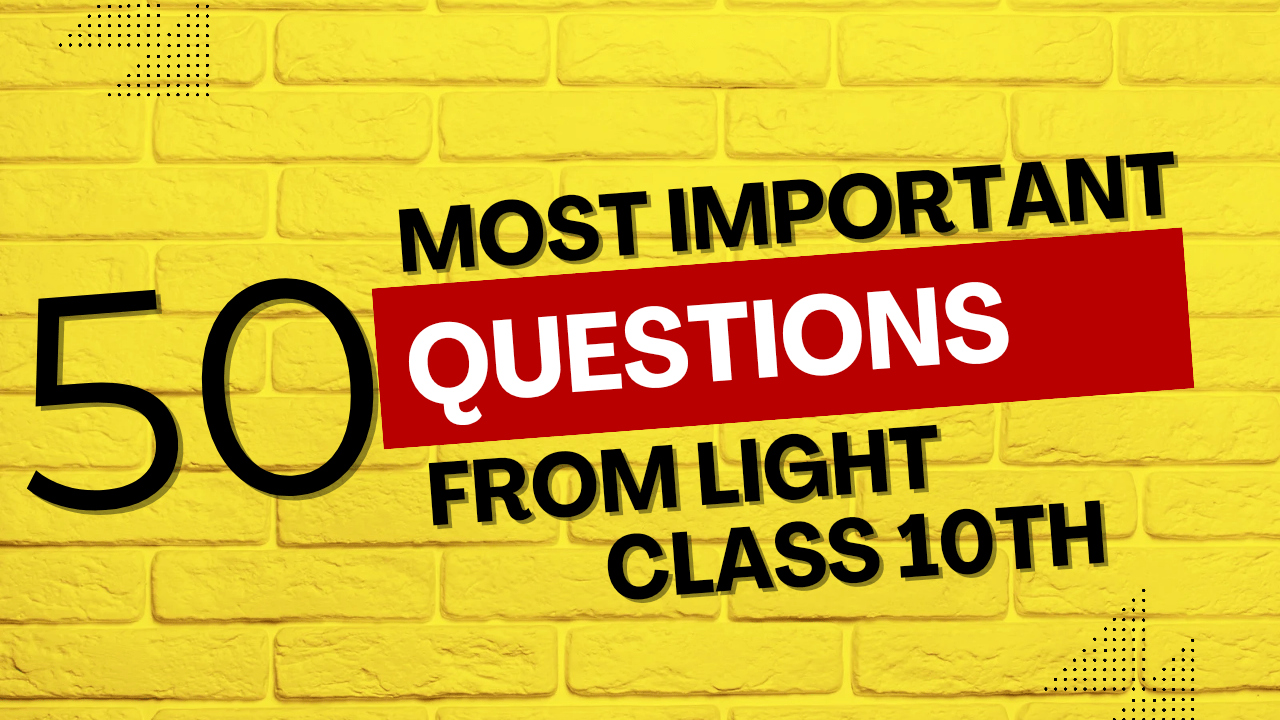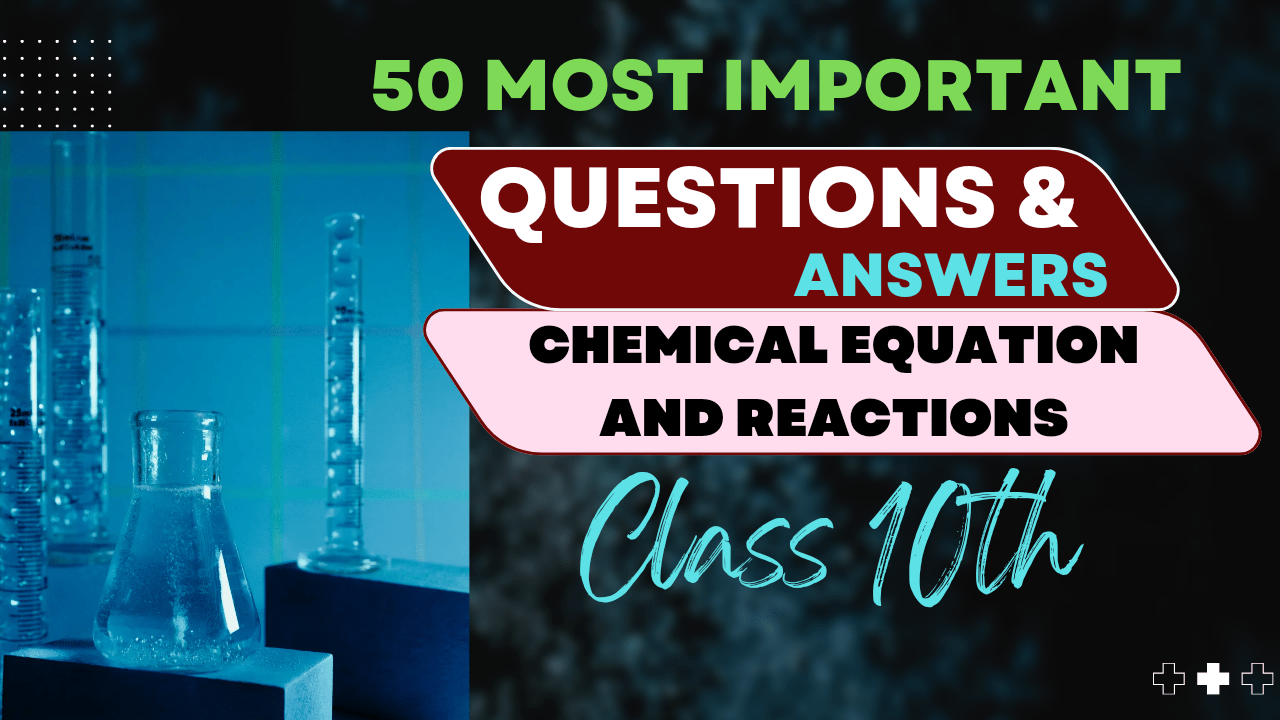Chemical Properties of Carbon Compounds
Different types of chemical reactions
Introduction
Carbon compounds exhibit a wide range of chemical properties due to the unique ability of carbon to form strong covalent bonds with other elements and with itself. These chemical properties are fundamental to understanding organic chemistry and are frequently tested in examinations. In this blog, we’ll explore the four major types of chemical reactions that carbon compounds undergo:
- Combustion
- Oxidation
- Addition reactions
- Substitution reactions
1. Combustion Reactions
Combustion is the process in which carbon compounds react with oxygen to produce carbon dioxide, water, and heat energy. This is one of the most common reactions of carbon compounds and has significant applications in daily life.
Complete Combustion
When carbon compounds burn in an excess supply of oxygen, complete combustion occurs, producing carbon dioxide and water.
Example: Combustion of methane (natural gas)
Incomplete Combustion
When the supply of oxygen is limited, incomplete combustion occurs, leading to the formation of carbon monoxide or carbon (soot) instead of carbon dioxide.
Example: Incomplete combustion of methane
Exam Point: The combustion of hydrocarbons always produces CO2 and H2O in complete combustion. The general equation for complete combustion of a hydrocarbon CxHy is:
Testing for Carbon Dioxide
Carbon dioxide produced during combustion can be tested using lime water (calcium hydroxide solution). When carbon dioxide is passed through lime water, it turns milky due to the formation of calcium carbonate.
The white precipitate of calcium carbonate makes the solution appear milky.
2. Oxidation Reactions
Oxidation of carbon compounds involves the addition of oxygen or removal of hydrogen. These reactions are important in both laboratory and biological systems.
Oxidation of Alcohols
Primary alcohols can be oxidized to aldehydes and further to carboxylic acids. Secondary alcohols are oxidized to ketones.
Example: Oxidation of ethanol to ethanoic acid
Where [O] represents an oxidizing agent like acidified potassium dichromate (K2Cr2O7/H2SO4) or potassium permanganate (KMnO4).
Color Change Indicators: During oxidation reactions with potassium dichromate, the color changes from orange to green. With potassium permanganate, the color changes from purple to colorless or brown (MnO2).
Oxidation of Aldehydes
Aldehydes are easily oxidized to carboxylic acids, which is the basis for distinguishing them from ketones.
Tests for aldehydes:
- Tollen’s Test: Aldehydes reduce Tollen’s reagent (ammoniacal silver nitrate) to form a silver mirror.
- Fehling’s Test: Aldehydes reduce Fehling’s solution to form a red precipitate of Cu2O.
Exam Point: Ketones do not undergo further oxidation under normal conditions. This property is used to distinguish ketones from aldehydes.
3. Addition Reactions
Addition reactions are characteristic of unsaturated compounds (compounds containing double or triple bonds). In these reactions, atoms or groups of atoms add across the multiple bond, converting it to a single bond.
Hydrogenation
The addition of hydrogen to unsaturated compounds in the presence of catalysts like nickel, platinum, or palladium.
Example: Hydrogenation of ethene
Halogenation
The addition of halogens (Cl2, Br2) to alkenes or alkynes.
Example: Bromination of ethene
Bromine water is decolorized during this reaction, which serves as a test for unsaturation.
Hydration
The addition of water to alkenes in the presence of an acid catalyst to form alcohols.
Example: Hydration of ethene
Hydrohalogenation
The addition of hydrogen halides (HCl, HBr, HI) to alkenes.
Example: Addition of HCl to ethene
Markovnikov’s Rule: When a hydrogen halide (HX) adds to an asymmetrical alkene, the hydrogen attaches to the carbon that already has more hydrogen atoms, and the halogen attaches to the carbon with fewer hydrogen atoms.
For example, with propene:
(The major product has Br attached to the middle carbon)
Testing for Unsaturation
The most common test for unsaturation (presence of double or triple bonds) is the bromine water test. Unsaturated compounds decolorize the reddish-brown bromine water, turning it colorless.
4. Substitution Reactions
In substitution reactions, an atom or group of atoms in a molecule is replaced by another atom or group. These are common in saturated compounds like alkanes and in aromatic compounds.
Halogenation of Alkanes
Alkanes react with halogens in the presence of UV light or high temperature, replacing hydrogen atoms with halogen atoms.
Example: Chlorination of methane
This reaction can continue further:
Mechanism of Substitution Reactions
Many substitution reactions in organic chemistry follow either SN1 (unimolecular nucleophilic substitution) or SN2 (bimolecular nucleophilic substitution) mechanisms.
Free Radical Mechanism: The halogenation of alkanes proceeds through a free radical mechanism with these key steps:
- Initiation: Cl2 UV light→ 2Cl• (formation of free radicals)
- Propagation:
Cl• + CH4 → HCl + •CH3•CH3 + Cl2 → CH3Cl + Cl•
- Termination:
Cl• + Cl• → Cl2•CH3 + •CH3 → C2H6•CH3 + Cl• → CH3Cl
Summary of Chemical Properties and Their Applications
| Chemical Property | Key Reactions | Applications/Significance |
|---|---|---|
| Combustion |
CxHy + O2 → CO2 + H2O + Energy
(Complete combustion)
|
|
| Oxidation |
R-CH2OH → R-CHO → R-COOH
(Primary alcohol to aldehyde to carboxylic acid)
|
|
| Addition |
C=C + H2 → C-C
C=C + X2 → C-C
(X = halogen)
|
|
| Substitution |
R-H + X2 → R-X + HX
(X = halogen)
|
|
Exam Practice Questions
1. Identify the type of reaction:
Answer: Addition reaction (Hydrohalogenation following Markovnikov’s rule)
2. Complete the following reaction and name the product:
Answer: CH3COOH (Ethanoic acid/Acetic acid); Oxidation reaction
3. Write the balanced equation for the complete combustion of propane (C3H8).
Answer: C3H8 + 5O2 → 3CO2 + 4H2O
4. Which reagent can be used to distinguish between an aldehyde and a ketone? Explain the observation.
Answer: Tollen’s reagent (ammoniacal silver nitrate) or Fehling’s solution. With aldehydes, Tollen’s reagent forms a silver mirror, and Fehling’s solution forms a red precipitate. Ketones show no reaction with either reagent.
5. Explain why bromine water is decolorized when bubbled through cyclohexene but not through cyclohexane.
Answer: Cyclohexene contains a carbon-carbon double bond (unsaturated) and undergoes addition reaction with bromine, decolorizing the solution. Cyclohexane is saturated with only single bonds and does not react with bromine under normal conditions.
Key Points to Remember
- Combustion reactions always produce CO2 and H2O in complete combustion. Incomplete combustion produces CO or carbon.
- Oxidation reactions in organic chemistry often involve the loss of hydrogen or gain of oxygen.
- Primary alcohols can be oxidized to aldehydes and then to carboxylic acids.
- Secondary alcohols can be oxidized to ketones but not further under normal conditions.
- Tertiary alcohols resist oxidation.
- Addition reactions are characteristic of unsaturated compounds (alkenes and alkynes).
- Markovnikov’s rule predicts the major product in hydrohalogenation of asymmetrical alkenes.
- Substitution reactions typically occur in saturated compounds where an atom or group is replaced.
- The bromine water test is used to detect unsaturation (decolorization indicates presence of C=C or C≡C).
- Fehling’s and Tollen’s tests are used to distinguish aldehydes from ketones.



